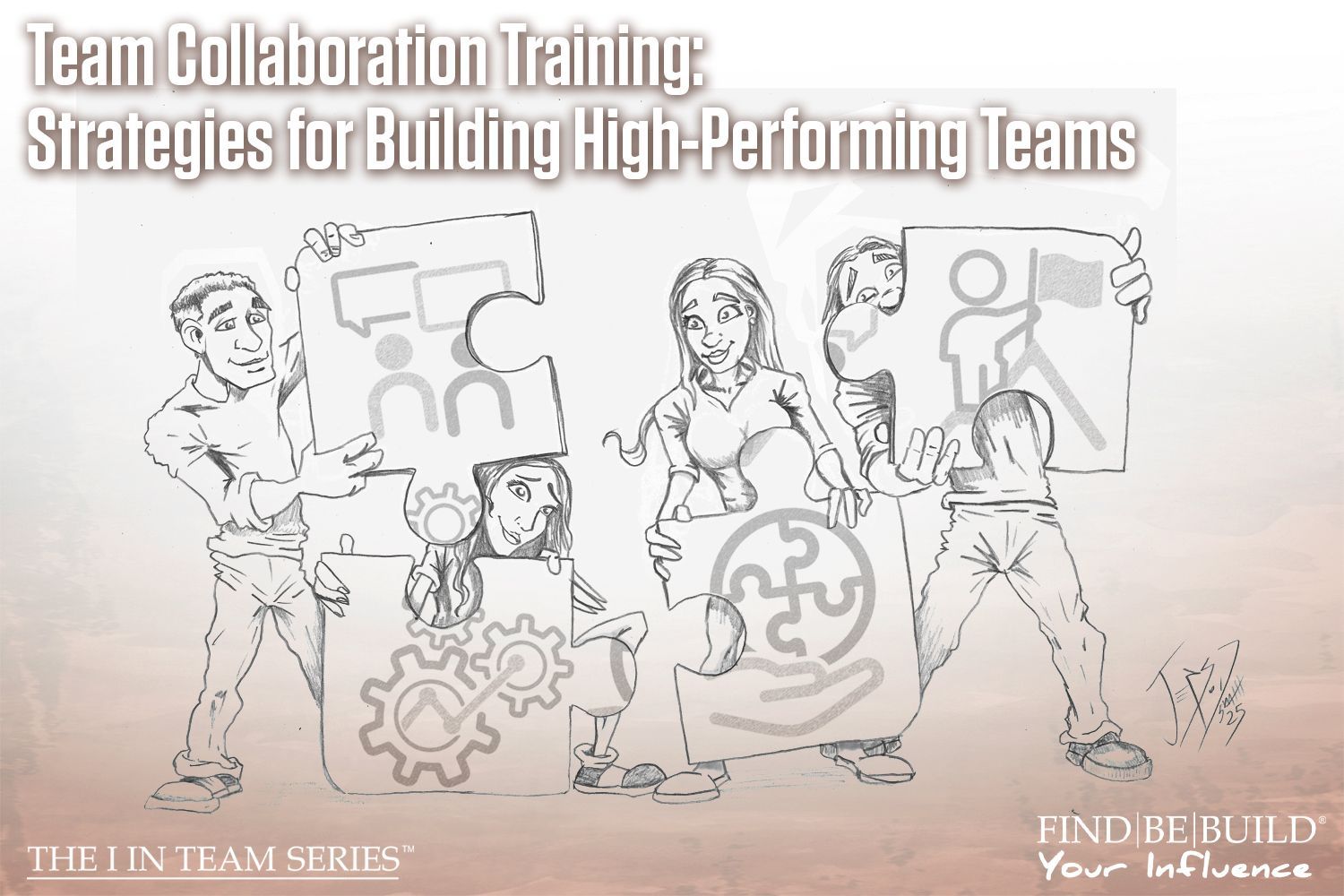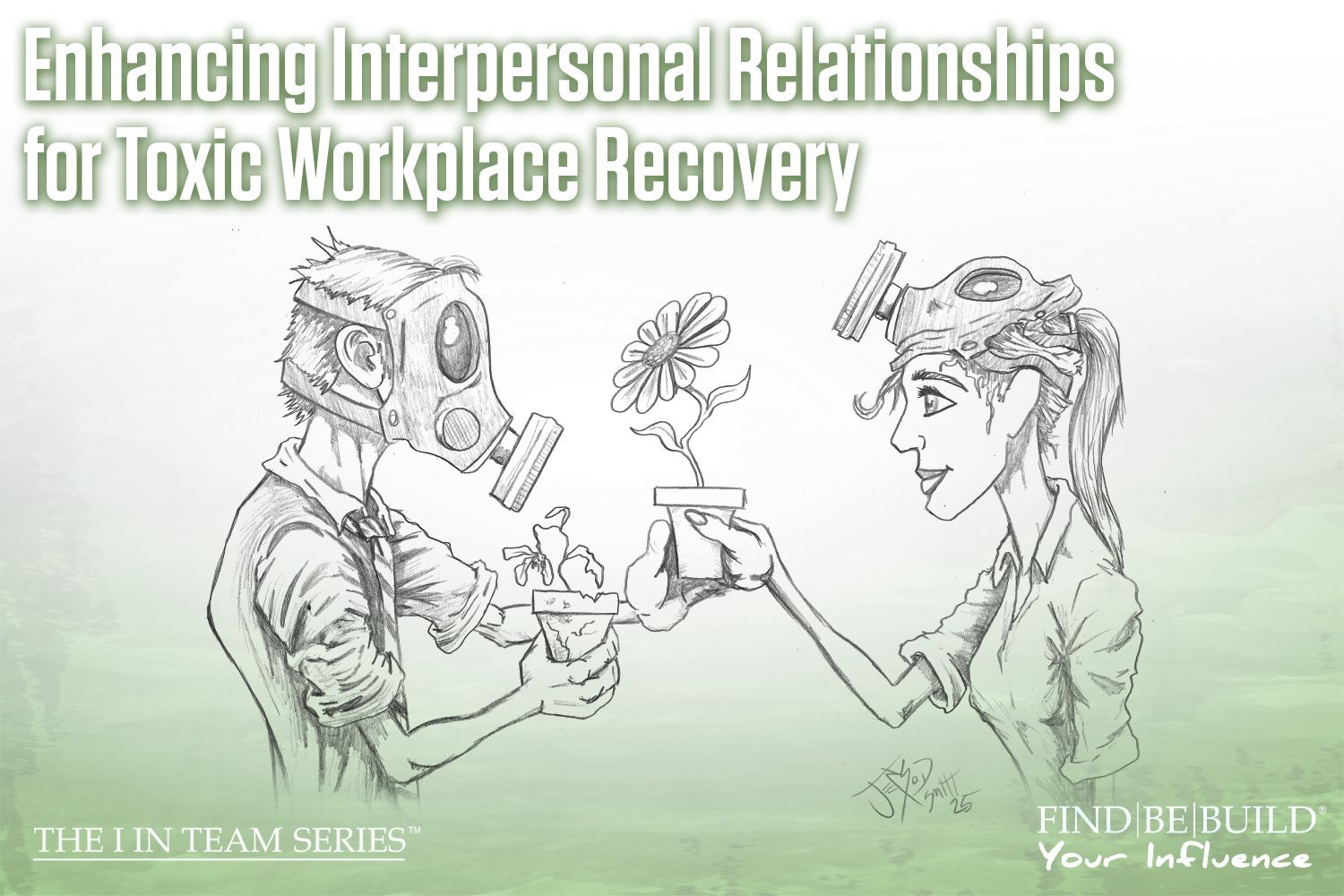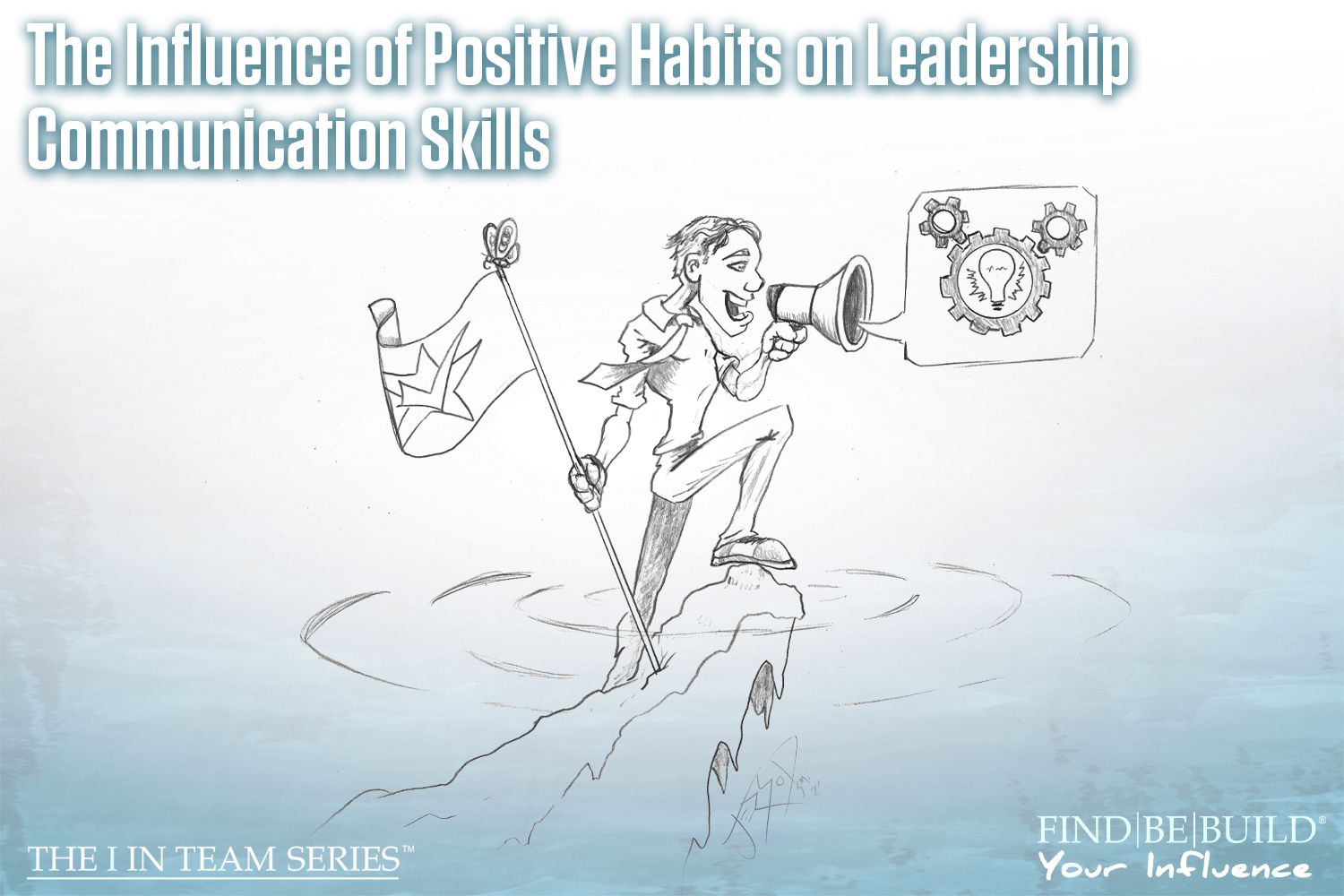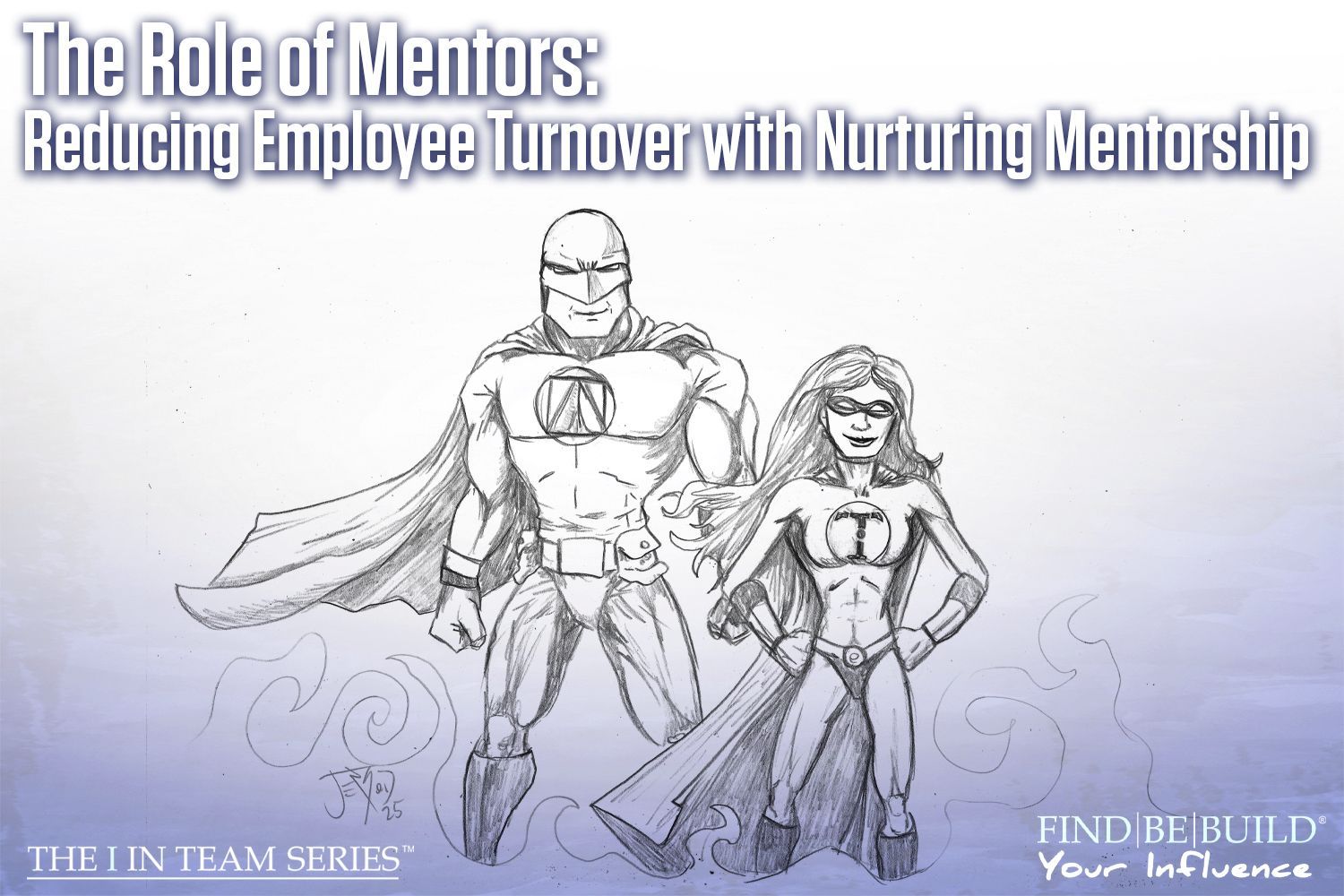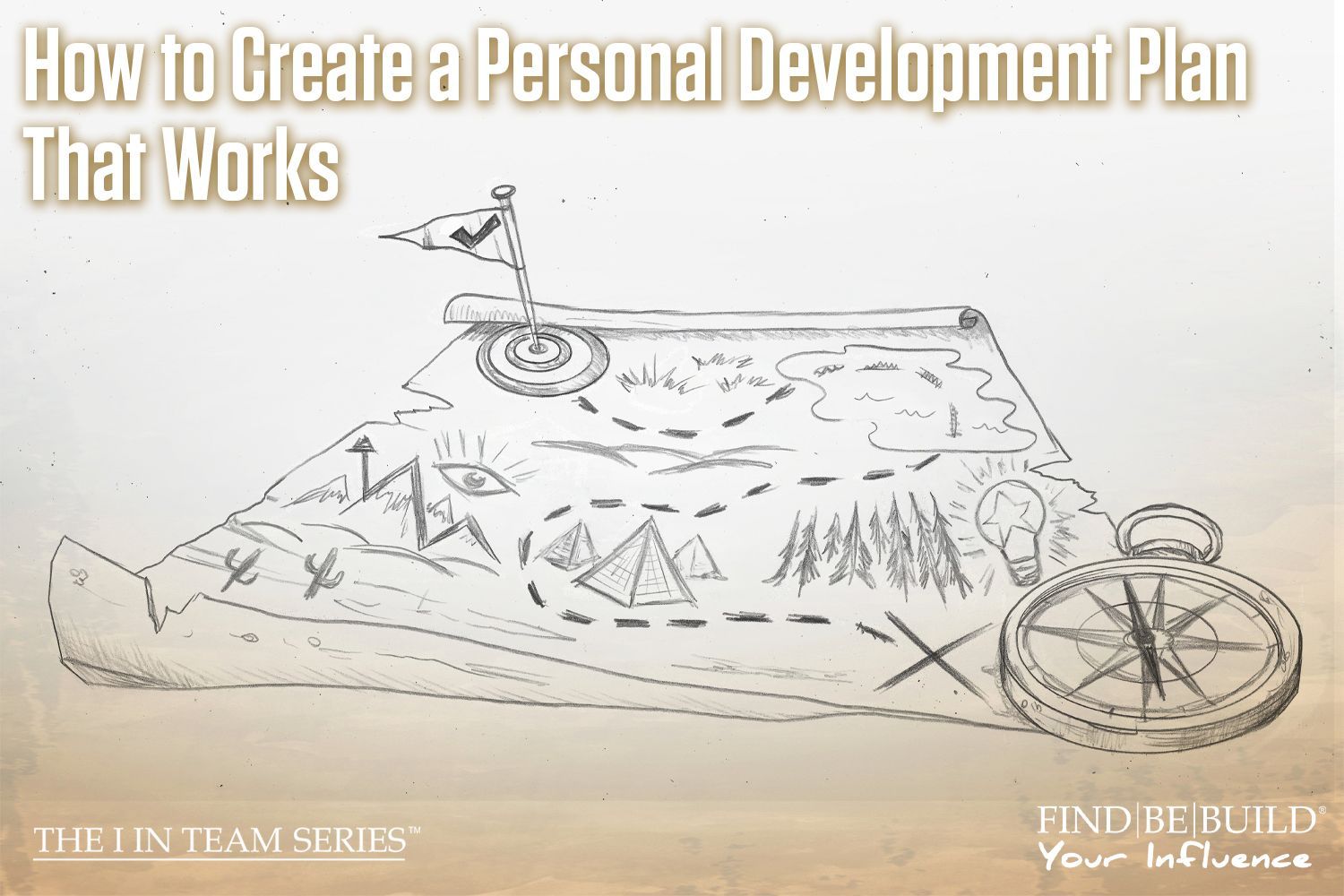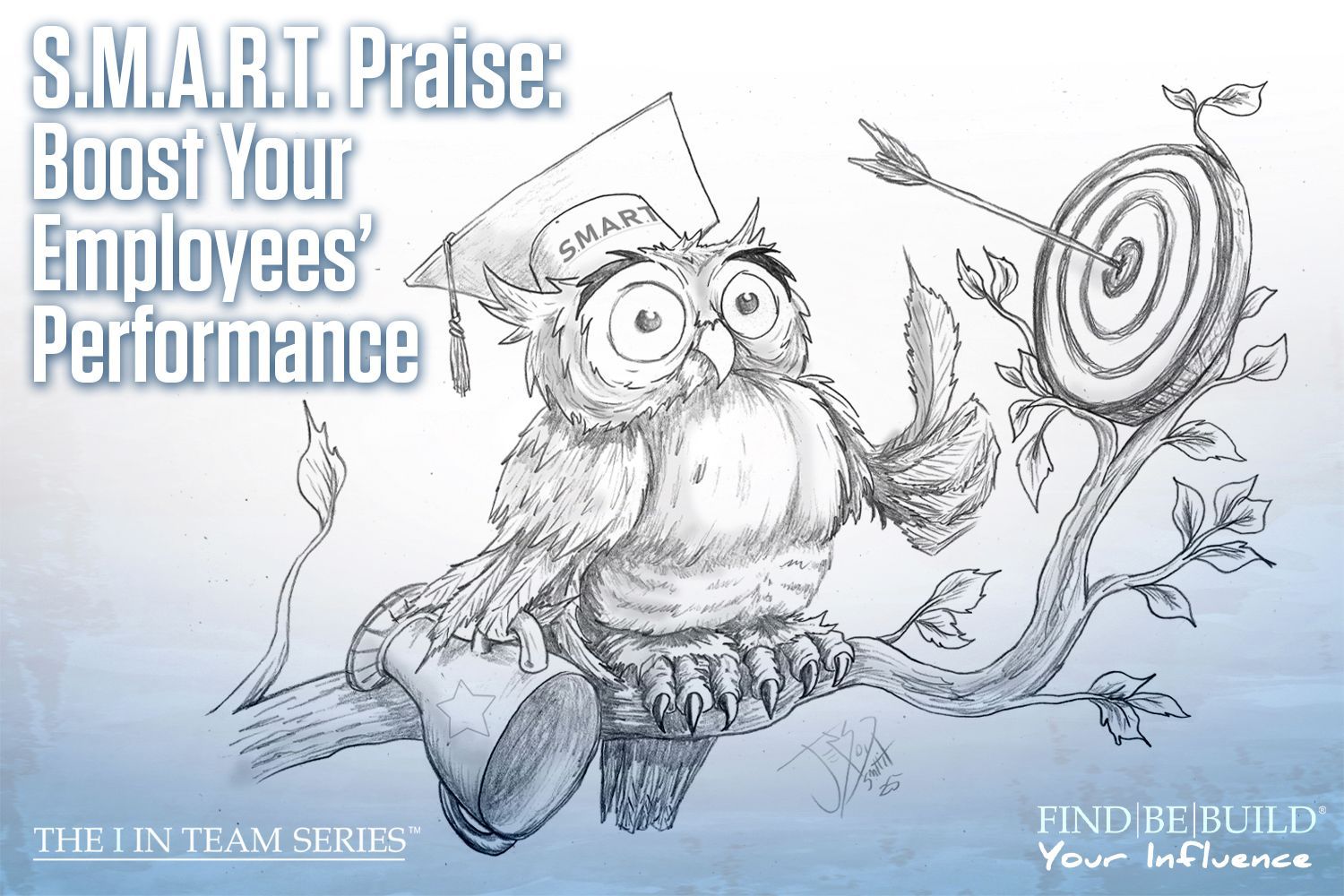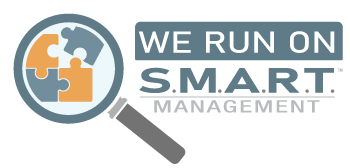Leading the Next Generation of Leaders
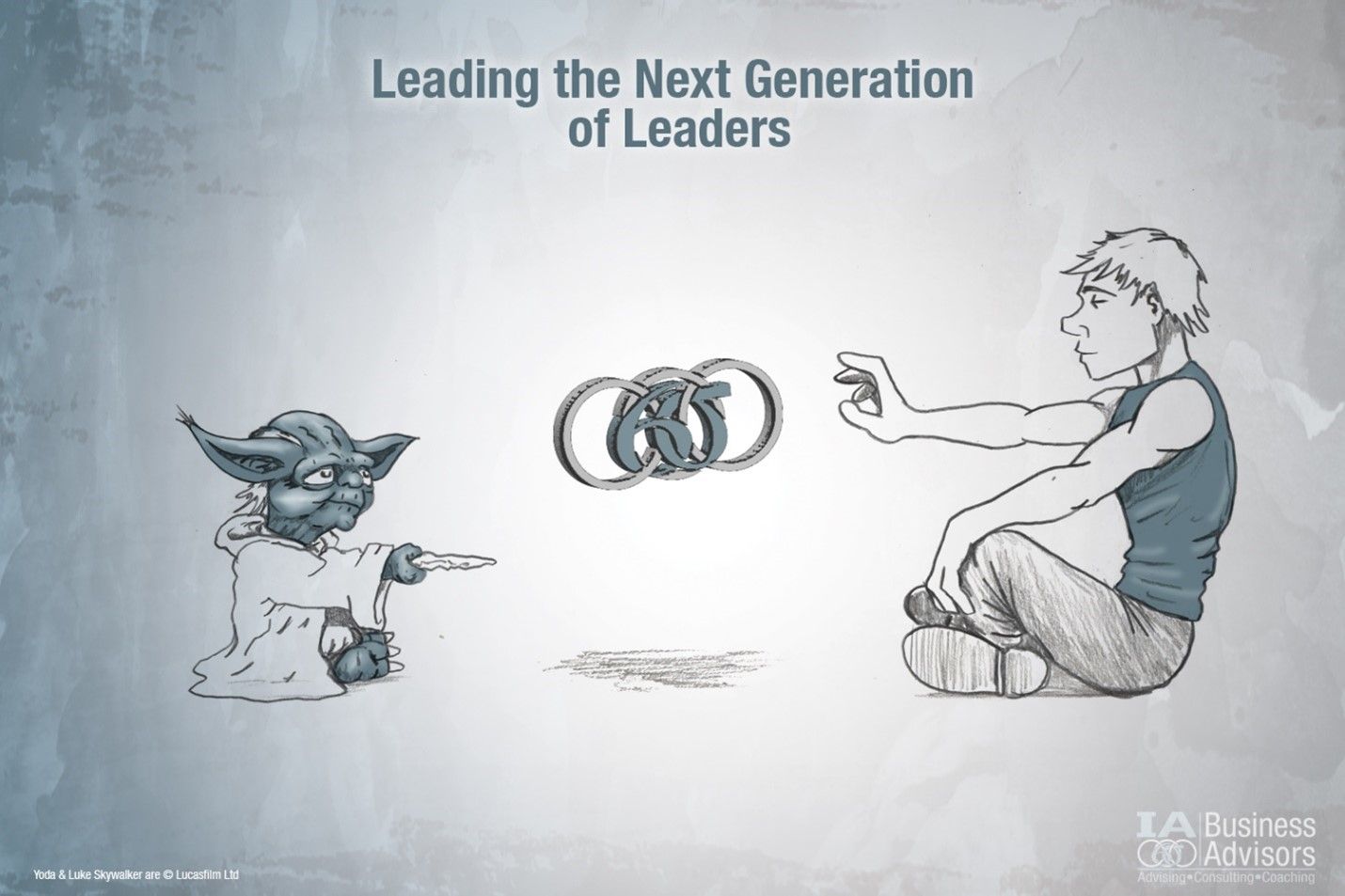
Business consulting strategies
All businesses are faced with opportunities to train future business leaders. Part of a leader’s job is to mentor the people around them. Some leaders tend to shy away from training others out of fear that they will be replaced. These fears are unnecessary. Great leaders aren’t replaced; people who think they are great leaders, but aren’t, may be replaced by a great leader.
The natural progression of everything in life is that we move on from chapters in our lives onto new and exciting things. The issue here is that when people move on, they leave a hole behind. Therefore, mentoring future leaders is vital for business today. We must ensure that we create great leaders to continue leading our businesses. Your fear would be ill placed in thinking you will get replaced by mentoring; your fear should be leaving your business behind with nobody to fill your place.
Step One: Finding Great Leaders
The first step to mentoring our future business leaders is to find those individuals that express interest in a leadership position within your industry. Start with looking at your current team members. Do any of them express interest in moving up in the company? Do you see them taking responsibility and small leadership roles within the team?
Finding a mentee means finding someone who is excited, dedicated, and eager to learn/move forward in your industry. Someone who wants to be a future leader will look for more opportunities at work, treat their team with respect, and try to remain objective when issues arise. Although, nobody is perfect. We all have moments where we are not our best self.
Do your best to get to know your team on a personal and professional level to sift through who may be a great future leader. Don’t get bogged down in the details here. Your entire team deserves to be positively mentored. Some may respond better than others, but it’s important to treat everyone the same. Some may want to be a future leader and others may be content not leading, but that doesn’t mean you don’t have something great to offer them in terms of growth.
Step Two: Mentoring Great Leaders
When mentoring future leaders, you have to think about what it is you want to teach them. Good leaders have several positive qualities. They are honest, mindful, open, positive, intellectually stimulated, fair, and more. One of the best ways to mentor future leaders is to exemplify the qualities you wish to see in them in your own life. You cannot be a “Do as I say, not as I do,” type of mentor. That kind of training never works.
Step Three: Acceptance
It can be hard to let go of a life you have lived for years, but all things must come to an end. When you do decide to leave your leadership position, you will feel much better in knowing that you have taken the time to mentor the future leaders of your business. When you prepare, you can reduce your anxiety. Accept that you won’t be in your leadership role foreve but find peace in that acceptance by knowing you have mentored all you can.
Conclusion
One last note: Don’t expect all your mentees to stay at your business. It’s unrealistic to think that someone in the modern age will work for one business forever, although there are some that will. Don’t feel discouraged if someone you are mentoring leaves; it gives you an opportunity to begin mentoring someone new. Your positive influence will always affect whoever it is you decide to mentor, even if that individual is not on your current team.
We must mentor all future leaders and team members and exemplify the traits we wish to see in them in ourselves. Use your influence positively and don’t fear the unknown future. Find comfort in knowing that you have prepared others the best way you know how.
